Abbey Wood
Wood, Forest in Suffolk East Suffolk
England
Abbey Wood
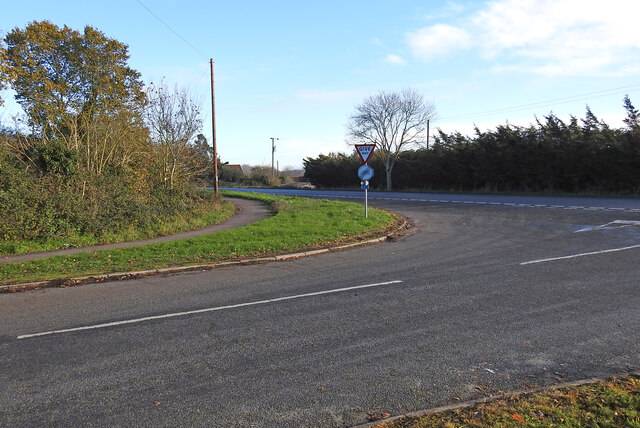
Abbey Wood, Suffolk, also known as Wood or Forest, is a picturesque village located in the county of Suffolk, England. Situated near the town of Ipswich, Abbey Wood is surrounded by lush greenery and offers a tranquil atmosphere for residents and visitors alike.
The village gets its name from the presence of an ancient abbey, which was established in the area during the medieval period. Although the abbey itself no longer stands, remnants of its history can still be seen, including the ruins of the abbey walls and a charming abbey garden.
One of the main attractions in Abbey Wood is its beautiful woodland area. The village is surrounded by dense forests and woodlands, providing ample opportunities for outdoor activities such as hiking, nature walks, and birdwatching. The woodlands are home to a variety of wildlife, including deer, rabbits, and a wide range of bird species.
Abbey Wood is also known for its quaint village center, which features a collection of traditional cottages and buildings. The village has a small but vibrant community, with a local pub, a village hall, and a few shops catering to the needs of residents.
For those interested in history, Abbey Wood offers a glimpse into the past with its historic architecture and archaeological sites. The village is known for its ancient burial mounds and archaeological excavations have unearthed artifacts dating back centuries.
Overall, Abbey Wood, Suffolk, is a hidden gem in the Suffolk countryside, offering a peaceful and idyllic setting for nature lovers and history enthusiasts alike.
If you have any feedback on the listing, please let us know in the comments section below.
Abbey Wood Images
Images are sourced within 2km of 52.423319/1.4027231 or Grid Reference TM3186. Thanks to Geograph Open Source API. All images are credited.

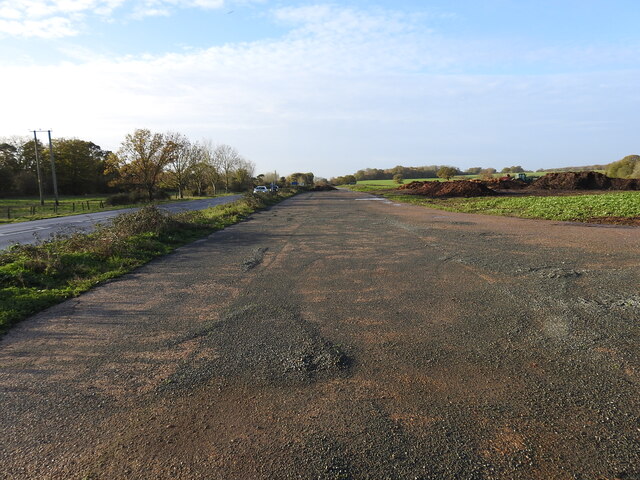
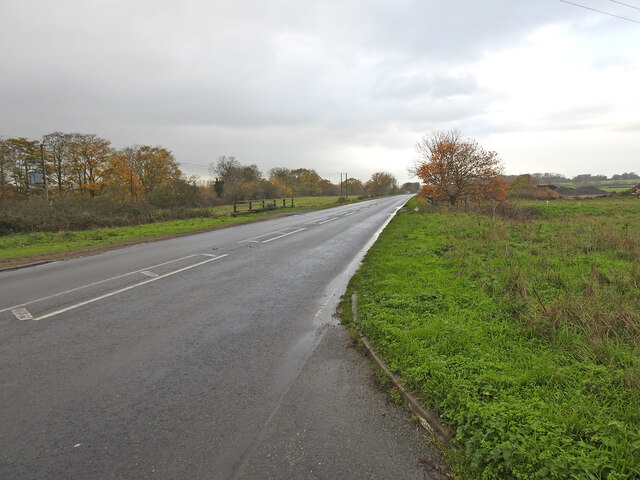
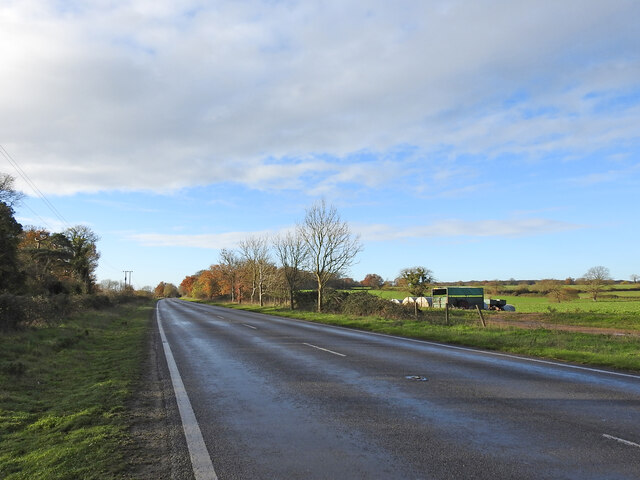
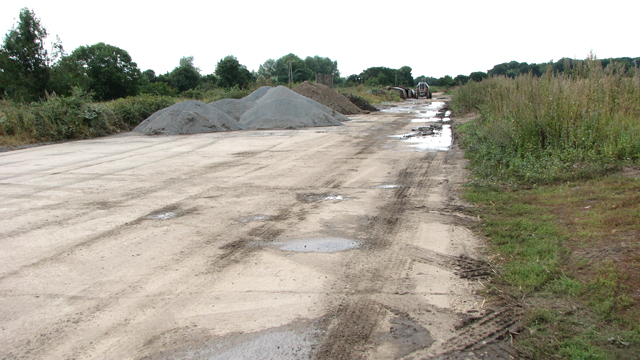
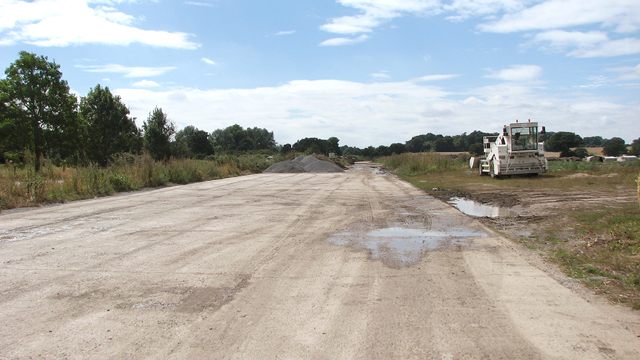
Abbey Wood is located at Grid Ref: TM3186 (Lat: 52.423319, Lng: 1.4027231)
Administrative County: Suffolk
District: East Suffolk
Police Authority: Suffolk
What 3 Words
///proudest.bins.lift. Near Bungay, Suffolk
Nearby Locations
Related Wikis
Abbey Wood, Flixton
Abbey Wood, Flixton is an 18 hectare biological Site of Special Scientific Interest south—west of Bungay in Suffolk. It consists of two adjoining areas...
Flixton Priory
Flixton Priory was a nunnery under a prioress following the Augustinian rule, which formerly stood in the parish of Flixton in the north of the English...
Flixton, The Saints
Flixton is a village and civil parish located in the north of the English county of Suffolk. It is around 2 miles (3.2 km) south-west of Bungay in the...
RAF Bungay
Royal Air Force Bungay or more simply RAF Bungay (known locally as Flixton) is a former Royal Air Force station located 3 miles (4.8 km) south-west of...
Angles Way
The Angles Way is a long-distance footpath in England, close to the River Waveney and River Little Ouse and thus close to the Norfolk/Suffolk border between...
St Margaret South Elmham
St Margaret South Elmham is a village and civil parish in the north of the English county of Suffolk. It is 4 miles (6.4 km) south-west of the market town...
Flixton Quarry
Flixton Quarry is a 0.7 hectares (1.7 acres) geological Site of Special Scientific Interest 3.75 miles (6.04 km) south-west of Bungay in the English county...
St Cross South Elmham
St Cross South Elmham is a village and civil parish in the north of the English county of Suffolk. It is in the East Suffolk district, close to the border...
Related Videos
Riding Solo 59 - The highs and the lows around East Anglia Aviation Heritage Museum
The day starts on a high but as I visit the aviation museum my mood comes tumbling down. This too shall pass #grief ...
Highlights of the Norfolk & Suffolk Aviation Museum - Flixton 2023 [4K]
Norfolk & Suffolk Aviation Museum (NASAM) - Flixton, Suffolk 4th June 2023 [4K] https://www.aviationmuseum.net/ 0:00 Outside ...
A visit to 446th Bomb Group USAAF Museum - Flixton 2023 [4K]
446th Bomb Group USAAF Museum at the Norfolk & Suffolk Aviation Museum, Flixton including footage from Pima air museum in ...
Spitfire & Hurricane flypast. Norfolk & Suffolk Aviation Museum (NASAM) 19th September 2021
Spitfire & Hurricane flypast. Norfolk & Suffolk Aviation Museum (NASAM) 19th September 2021.
Nearby Amenities
Located within 500m of 52.423319,1.4027231Have you been to Abbey Wood?
Leave your review of Abbey Wood below (or comments, questions and feedback).
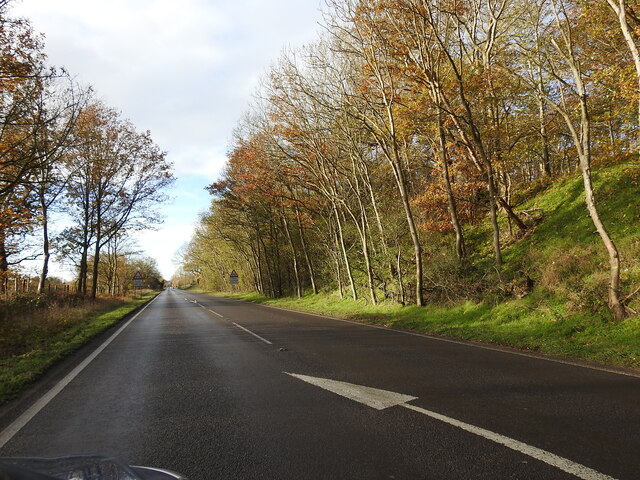
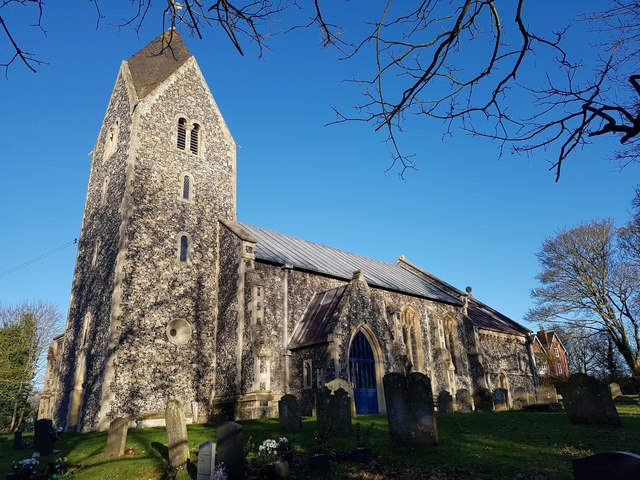
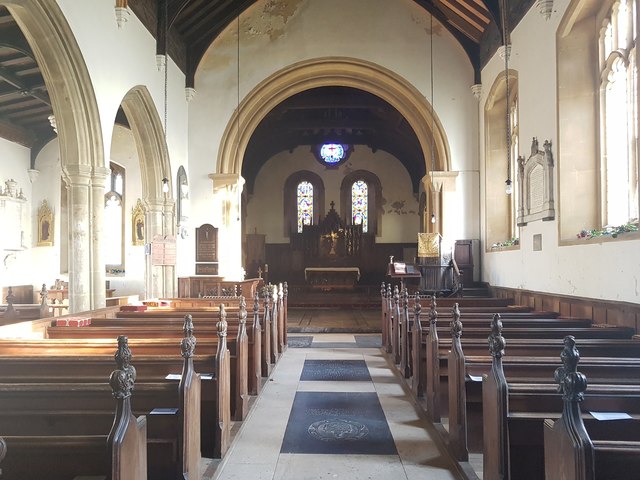
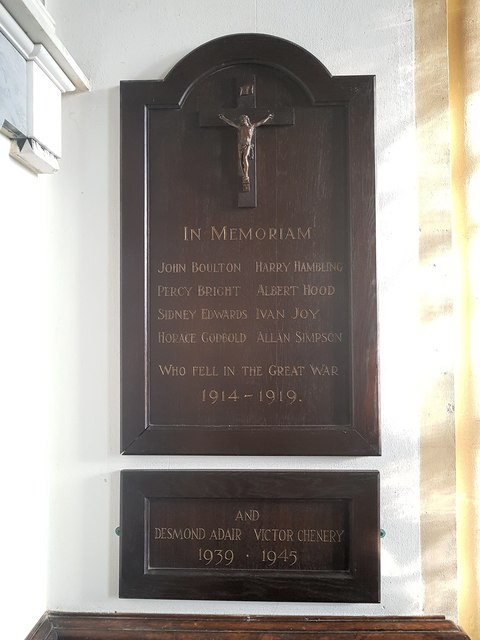
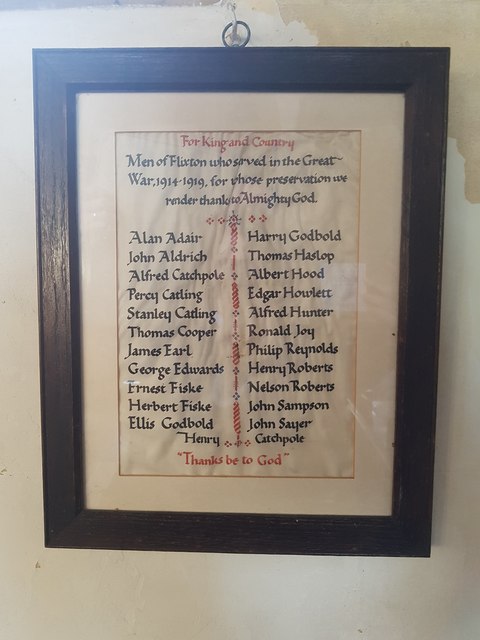
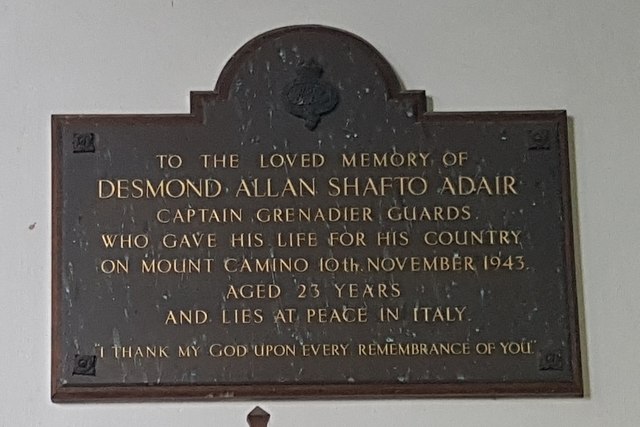
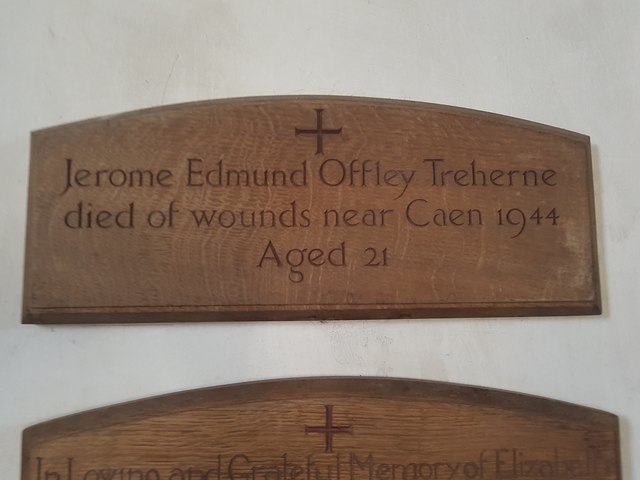
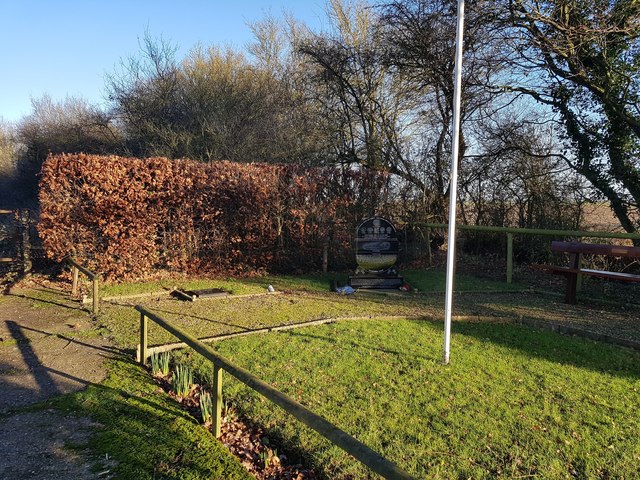
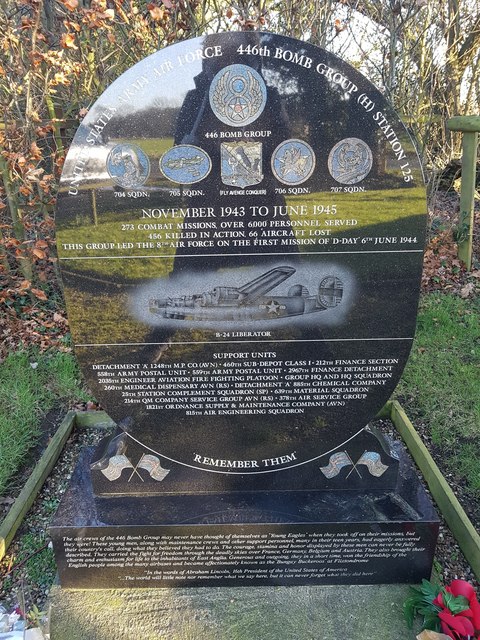
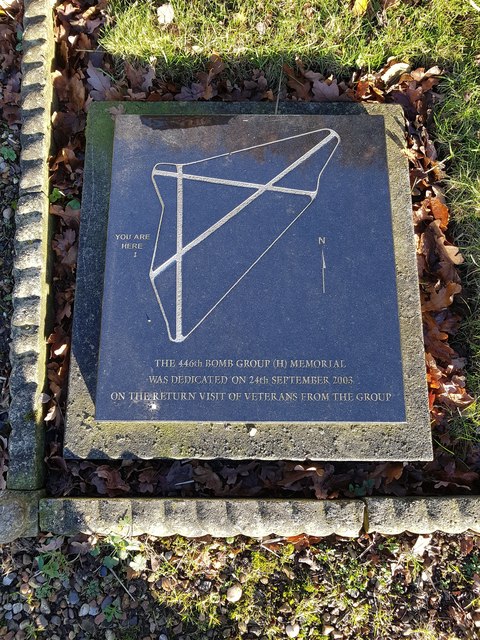
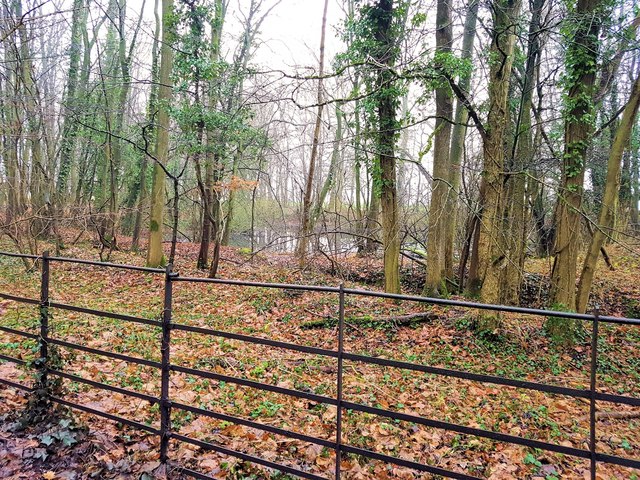
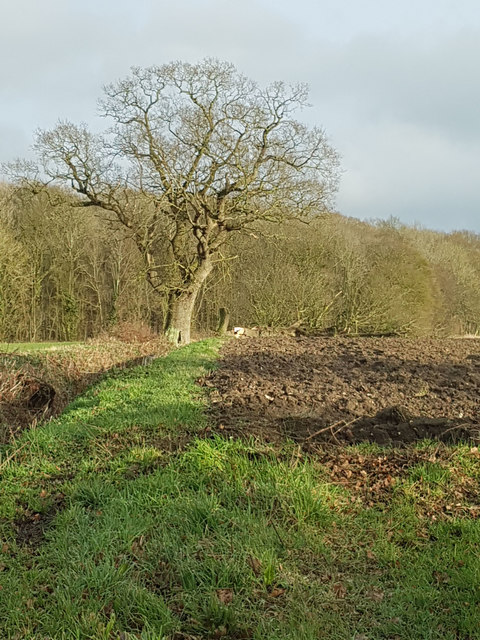




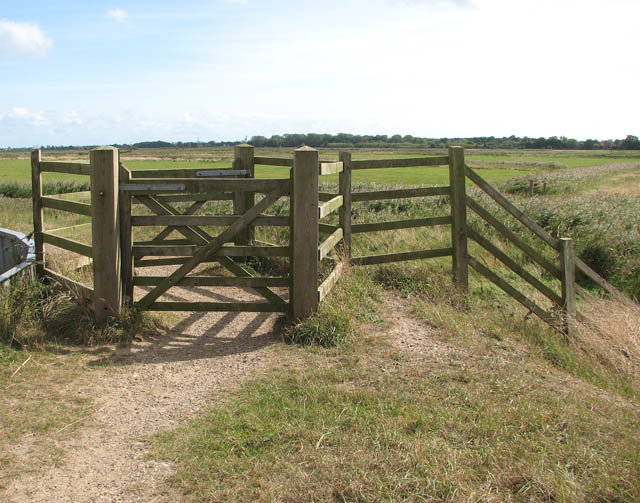

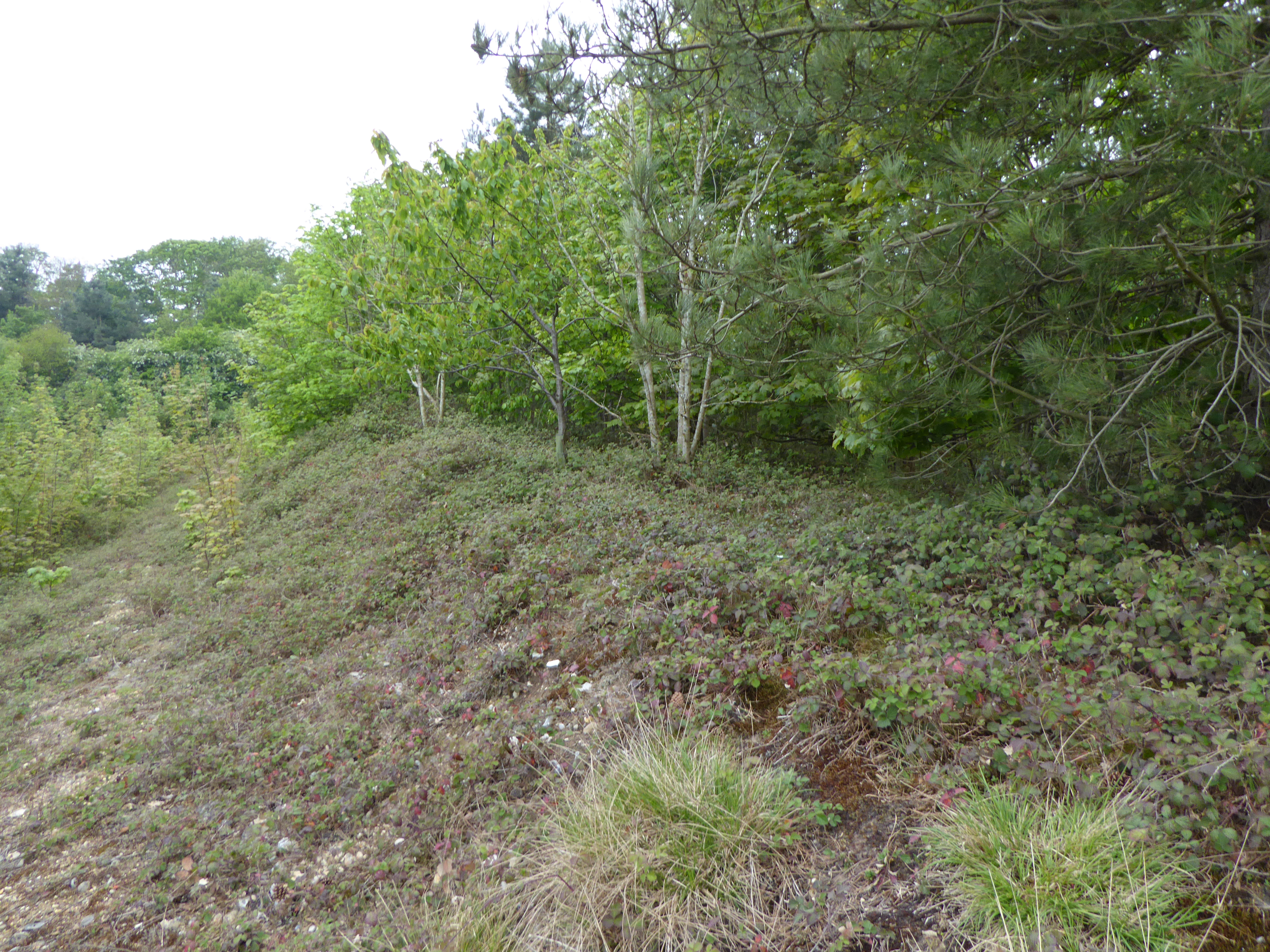


![Highlights of the Norfolk & Suffolk Aviation Museum - Flixton 2023 [4K]](https://i.ytimg.com/vi/1Az4SM3xhRY/hqdefault.jpg)
![A visit to 446th Bomb Group USAAF Museum - Flixton 2023 [4K]](https://i.ytimg.com/vi/2wOHWPa-lHM/hqdefault.jpg)
